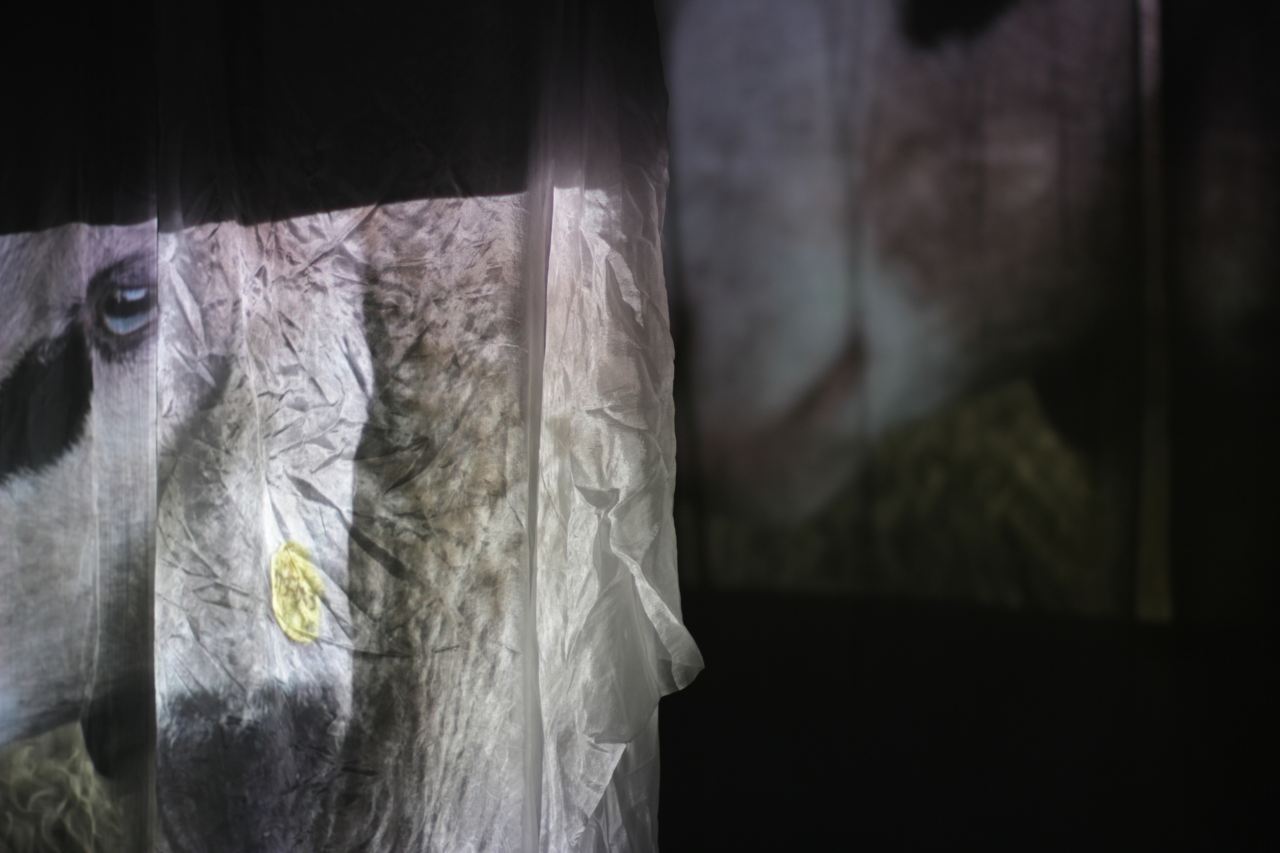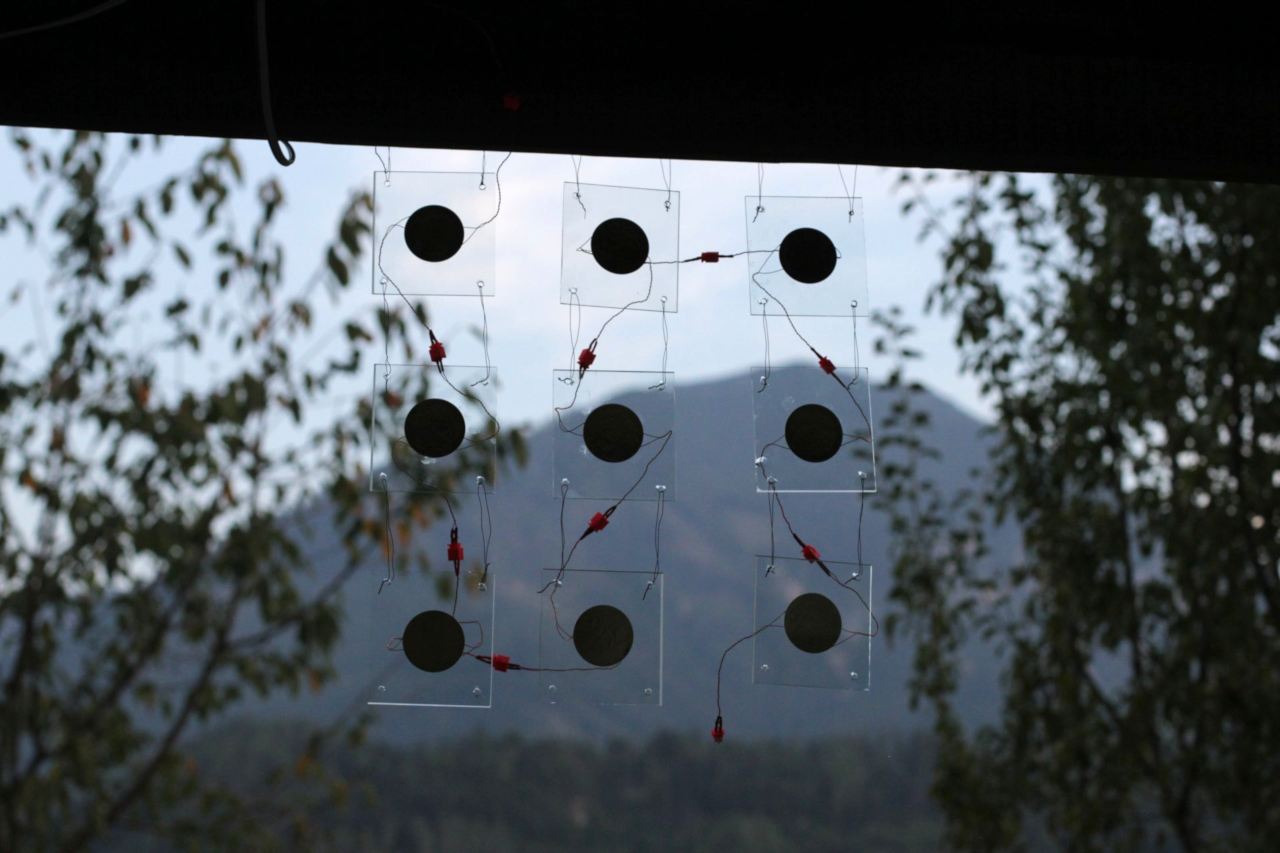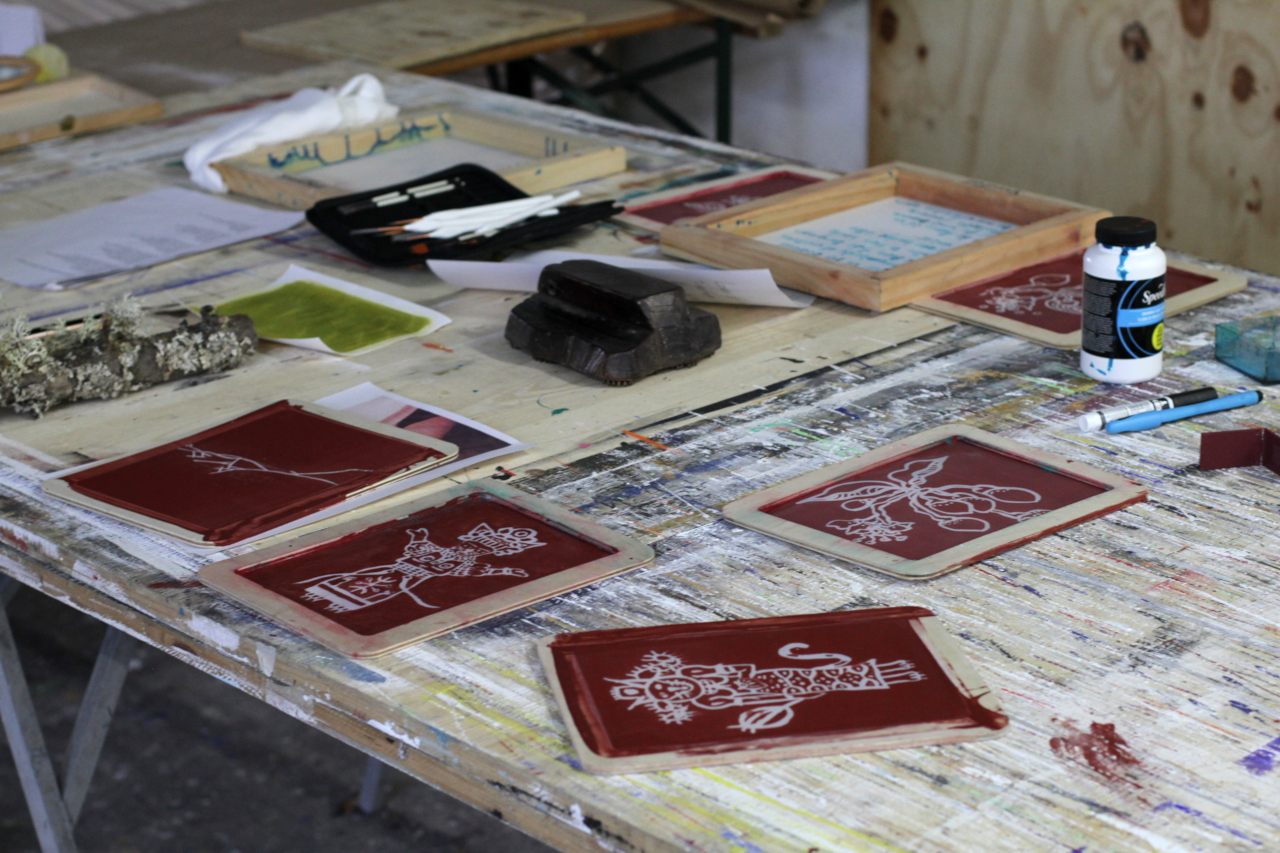The Third Arrival: Hoke Werkhaus in Carinthia

The project’s third and last interval followed close to the preceding one, giving us little time for pause. What would be a suitable space for its intensive weeks? Kicking off right at the beginning of September, still in Austria’s summer semester break, we seized this opportunity to plunge straight into the ‘intensive weeks’, as the incoming artist-researcher Andrea Bakketun arrived from Norway. Seeking closer proximity with the Mahler university as the main research institution, we had secured the opportunity to work at the Hoke Werkhaus in Saager, half an hour east of Klagenfurt in Carinthia. Conceived by late artist Giselbert Hoke and carried forth by his family, the Werkhaus consists of a number of workshops and is located on a hill, surrounded by forest and lakes. For a part of the intensive weeks, we had again support for facilitation, this time by anthropologist Caroline Gatt.
In our online preparatory phase over the summer, we had outlined a ‘Framework for Experimenting With Others’ as the starting point. We shared thoughts of what we mean or understand by experimentation, what its objectives and conditions could be in the view of artistic research. As in the previous intervals, the working site strongly configured our doing. The weather being mostly warm and friendly, we opened and aired the workshops, explored its particular possibilities such as print making and wood work, and transformed the terrace with its nearby well and garden into a central spot of activity. There was also a kind of dining hall in the basement, used both as a library with books, making vocal recordings and testing a video installation. The non-human aspects were strong again, with the presence of the mountain, foraging in the forest, and grazing goats. The movement and sound of water from the well had a strong imprint as well on the works.

The intensive weeks were characterised by a steady rhythm of working alongside each other, with perhaps less focus on extensive group dialogue sessions; the method of material sharing was employed again, with stuff like wax, fabric, water colour made from locally sourced walnuts, or sound recordings making their rounds. For the concluding day, we invited both our hosts of the Werkhaus and the hosts of our accommodation in a nearby village to a specially prepared lunch, and gave them a tour around the various artefacts created, including a sound and silkscreen print installation at an abandoned treehouse at the compound.
